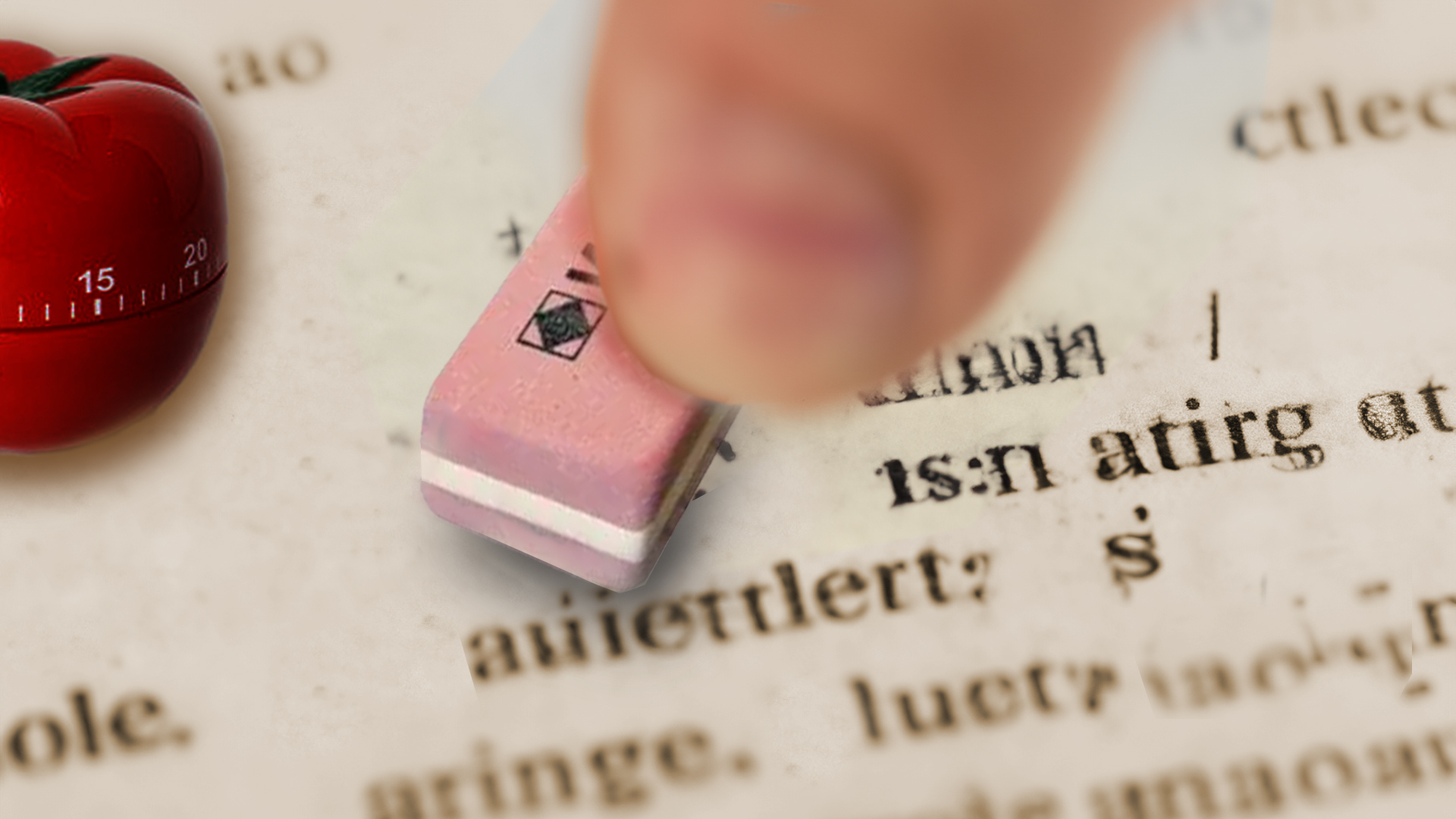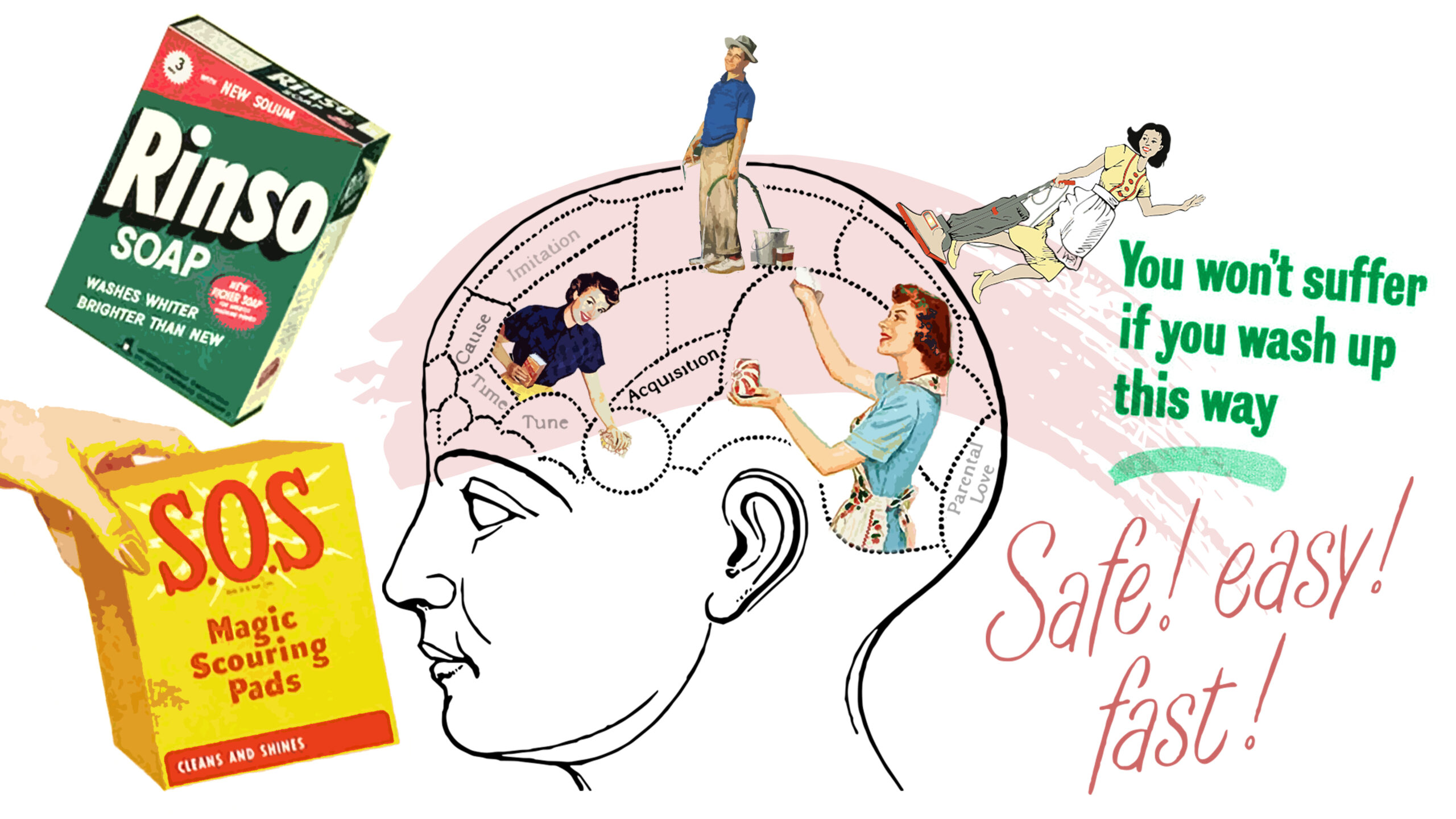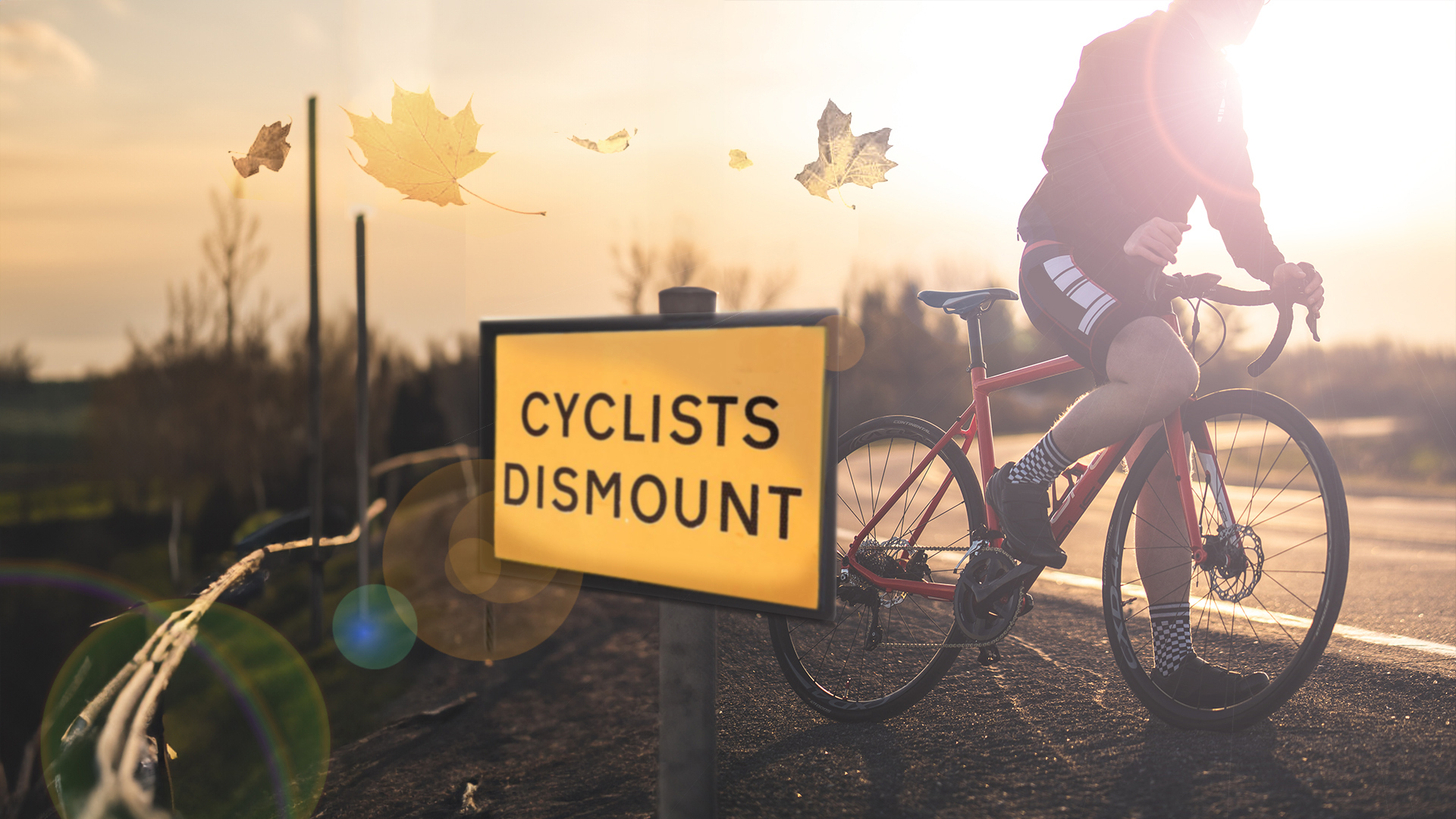The drive to accumulate more is baked into the way we live today. More money, more possessions, more friends, more achievements, more success. And while having goals is generally a good thing for keeping you positive and motivated, those goals don’t have to be all about more, more, more. We’re experimenting with a less is more approach. What do we want less of? What could we let go of to simplify our lives?
Here’s what we’re throwing out.
Worry less
The one thing that I’d love to get rid of to improve my life isn’t an object, it’s a way of thinking.
Saying goodbye to worrying would simplify my life no end. I’ve come a long way with it over the last year, but writing this has reminded me that I’ve still got some way to go.
What’s helped me is recognising the difference between worrying and problem solving. If you have anxious tendencies, and if you find yourself getting overwhelmed, then your emotional brain goes looking for problems to solve. It’s trying to keep you safe by alerting you to danger, but the effect is the opposite of nurturing.
"The trick to sidestepping the worry loop is to recognise what you can do something about, and what you can't."
Instead of calming you down, it serves you up with a litany of terrible things that could happen – Trump, the Middle East, cancer, <insert horror of your choice here> – and of bad decisions you’ve made in the past. Why did you say, do, think that????
The doomy narrative circles round and round, stuck on a loop, generally making you feel more anxious, and inviting that emotional brain to serve up more and more of the same.
The trick here to sidestep the worry loop is to recognise what you can do something about, and what you can’t. Solve the problems you can solve, and stop ruminating on the ones you can’t. Writing them down will help you figure out which is which. Postponing worries is another good one to practise. Thank your brain for alerting you to potential danger, and tell it you’ll think about it later, at a specified time.
I’m not there yet, but a worry free life would certainly make me feel lighter and happier 🙂
Pomodoro it!
I’m continually surprised by the power of a timer to help me get things done and simplify my thought process.
I’ve used the Pomodoro technique on and off for the last ten years when a psychologist suggested it to me as a way to shift smaller tasks off my to-do list. I use it for boring tasks like housework, personal admin and also at work.
Most recently I’ve used it for writing; what is it about having a timer on in the background that focuses the mind? It reminds me of the ‘bleep tests’ in school P.E. where you had to reach the end of the gym before the bleep sounded. I didn’t always make it but I certainly didn’t think about anything else while I was doing it.
You can find simple timers online by Googling ‘Pomodoro’ and set your own parameters. Only have ten minutes? Fine. Twenty is a great block. The days of clearing hours in my schedule are gone. Now I clear a few minutes, and get more done.
Let it be
Meditation, or mindfulness, is having its moment for sure, though I’m still surprised by how many people think it’s somehow mystical, complicated, intellectual, or plain goofy. If more clarity, less anxiety, and some calm are your aims, then meditation can help.
To meditate is simply to focus on one thing – and to know that you are focusing on that thing.
If you can stand on one leg, sing a song or do multiplications in your head, then you already know how to do one thing.
The ‘knowing that you’re doing it’ bit – the sense of seeing yourself from a slight remove – is a small adjustment in mental posture that we can all learn to make. It’s called awareness.
Just like learning a new move in dance, or gym, or chess – you see it done, you feel how to do it, you do it, and over time you do it better.
"Here's where clarity and calmness can emerge. Not in some future state of perfection, but in the here-and-now."
You practise. And that’s where ‘less is more’ happens. That’s when clarity and quiet and calm can emerge. Not in some future state of perfection, indefinitely on hold, but in the here-and-now. Through finding the posture of awareness, and holding it as best you can.
Here’s another lovely thing. In meditation failure is a certainty. Drifting away into worry or daydreams is inevitable. We are only human. So we can be compassionate with ourselves when it happens. We just do our best.
When we recognise that we’ve drifted – after a second, a minute or an hour – we are no longer adrift. We’ve come back to awareness. That cycle of drift and return, drift and return – those repetitions – build the ‘meditation muscle’.
So failure is not just a certainty, but a blessing too. Noodle on that for a bit.
Meditation has never been more accessible, and apps are an incredible way to connect with some really gifted teachers. If you want to give it a go, try Calm, Headspace or Ten Percent Happier. Work with a few different teachers until you find a few whose style suits.
I’ll sign off with my favourite, Jeff Warren, and a 10 minute practice that’s as simple as they come.




What do you think?